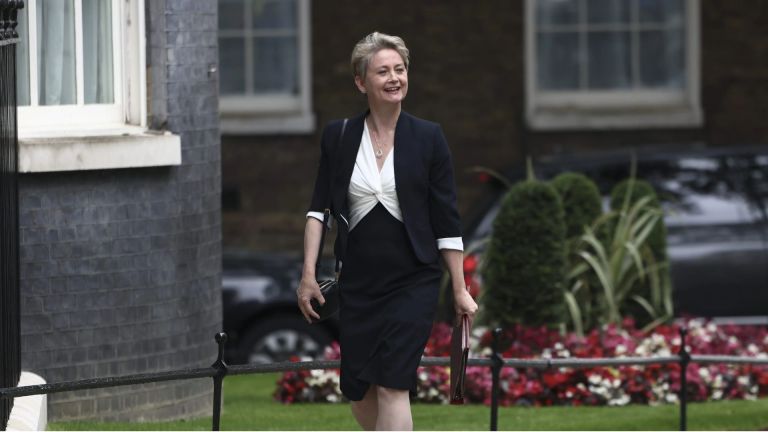How it was told.
Inhalers save lives for the millions of Brits who use them every day to keep asthma at bay – but news stories last week suggested that they may not be doing the planet any favours.
The health watchdog the National Institute for Health and Care Excellence (NICE) launched a new patient decision aid tool to allow users to compare the carbon footprint between inhalers to make a decision on which is the most environmentally friendly model.
That triggered a rush of stories warning patients that they can make the switch to cut down on the NHS’s sizeable carbon footprint as well as recycling old inhalers responsibly.
DailyMail Online, The Independent and The Daily Telegraph’s stories all centred around the staggering fact that inhalers emit as much carbon as a 180-mile car journey.
The Scottish Sun opted for a focus on the new option to switch which inhaler you are being offered with: “PUFFER PLEA: Millions of asthmatics are being told to switch to eco-friendly inhalers”. Similarly, the BBC went for “Use a ‘greener’ inhaler if you can, patients told”.
But can it be true that a tiny inhaler can have the same impact as a gas-guzzling motor travelling virtually the same distance as a trip from Manchester to London?









